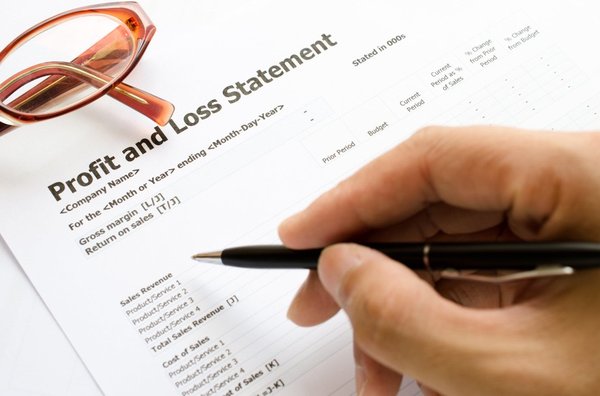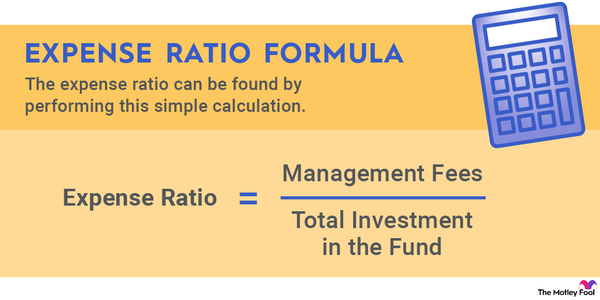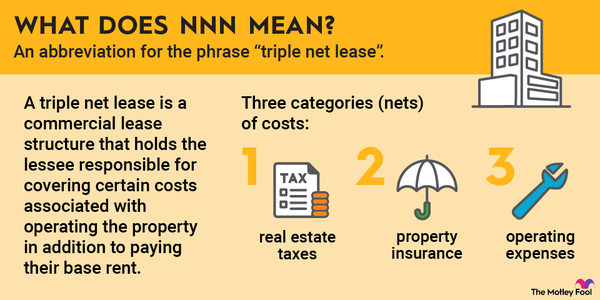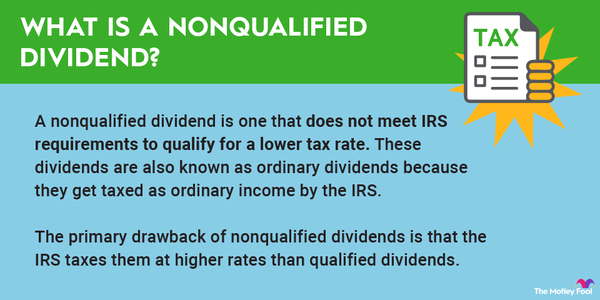It’s very common for a business to lease the property it operates in from a private commercial real estate investor or real estate investment trust (REIT). When this happens, tenants sign one of many types of lease, the most common of which is the net lease.

What is a net lease?
What is a net lease?
Simply put, a net lease is a lease that includes rent plus other fees. Those other fees are determined by the type of lease and the needs of the tenant or demands of the property. So, when a tenant chooses to lease using a net lease, they agree to pay a base rate of rent plus actual expenses related to the agreed-upon terms.
For example, a tenant might choose a lease where they’re responsible for the rent plus the taxes and insurance on the property. Although the rent remains fixed with any escalations that are built-in, the insurance may change due to increased risk factors or claims. So, the tenant will pay the base rent plus the actual insurance and taxes to their landlord.
Why use a net lease?
Why use a net lease?
Net leases are the most common type of commercial real estate lease right now, and for good reason. Investors love them because a net lease of any sort reduces the expenses that the landlord has to pay to maintain the property they’re leasing, which in turn should create a higher rate of return on their investment.
Large tenants accept them, especially when they’re leasing an entire building, because some types of net leases allow them to choose their own vendors and make decisions about the property as if they owned it.
Types of net leases
Types of net leases
There are three types of net leases, which are called single, double, and triple net leases.
Single net leases. A single net lease, sometimes just called an “N” or an “N lease,” is a lease where the tenant pays the rent plus one other item, typically property taxes. Although other types of non-net leases have this baked into the price, in a single net lease, the tenant is paying the actual tax amount, either directly to the municipality or to the landlord, separate from the rent.
Double net leases. Double net leases, also known as “NN” or “NN leases,” ask the tenant to pay the rent plus insurance and taxes, generally. They may have a smaller base rent than an N lease, but the additional expenses can add up quickly. The landlord will still pay for maintenance and upkeep, however.
Triple net leases. If you’re a REIT investor, the triple net lease is really what you’re looking for. In an NNN, the tenant pays the rent, plus essentially all costs associated with the structure, from taxes and insurance to upkeep, repairs, and any modifications that may be needed. Again, the base rent may seem very low initially, but these other expenses can make them much more expensive and unpredictable than a single net lease. For the investor or landlord, however, triple net leases reduce overhead substantially.
Related investing topics
What type of net lease is best?
What type of net lease is best?
The best net lease depends on who you are in the transaction. For a tenant, a single net lease is ideal, though becoming far less common. You might still see them in places like shopping centers with a lot of small stores or office complexes with many small offices. These leases may charge a higher base rent, but monthly costs are fairly consistent, with the tax burden being spread across all the tenants in the building.
For a real estate investor, the triple net lease is the holy grail of leases. They’re becoming increasingly common, especially for stand-alone buildings, or structures that only have one tenant, regardless of the initial design. The triple net lease essentially absolves you from paying any expenses related to owning the property until after the tenant has vacated, which can really increase your cash flow if your tenant stays a long time (as the property also appreciates naturally).










































